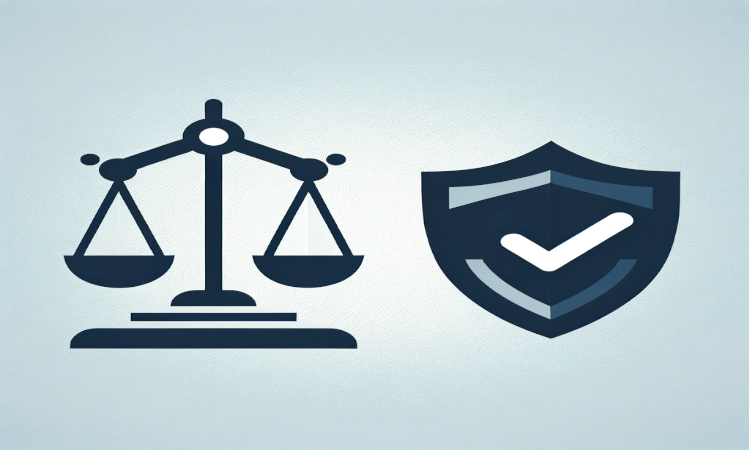Higlights
- Advanced DLP Implementation
- Compliance with Industry Standards
- Real-time Alert Systems
- Automated Incident Remediation
- Strategic Employee Training
- Continuous Compliance Monitoring
- Enhanced Data Security Protocols
- Adaptive Policy Framework

In a decisive move to fortify data security and ensure stringent compliance, our IT Department, under my leadership, embarked on a transformative project to implement Data Loss Prevention (DLP) across our Microsoft 365 landscape. Concluded on November 12, 2022, this ambitious initiative was not just about mitigating risks—it was a comprehensive overhaul designed to infuse a culture of awareness and proactivity. We meticulously crafted a multi-faceted DLP strategy that included advanced real-time alert systems, automated incident remediation processes, and extensive employee training programs. This initiative established an adaptive policy framework, achieving far-reaching improvements in our handling of sensitive information and setting new benchmarks in data protection. Beyond securing data, we've championed a new era of operational excellence, where compliance is not a checklist but a cornerstone of our daily operations.

Project Overview
Understanding the criticality of data security, we embarked on a meticulous process to evaluate our existing data management and protection strategies. It was imperative to align our DLP tactics with our overall compliance and security framework, which involved collaboration with key stakeholders, department leads, and external compliance consultants.
Objectives
The initial phase involved a comprehensive audit of our current data handling practices, identifying sensitive information flows, and evaluating potential risk points. Following the assessment, we developed a tailored DLP policy, encompassing aspects such as data identification, monitoring, and automatic encryption of sensitive emails and documents.
Technical Deployment
The implementation of DLP in Microsoft 365 was a multi-layered approach. It began with defining sensitive information types unique to our organization's needs, followed by policy creation and rule configuration in the Security & Compliance Center. We leveraged built-in templates and customized them to address specific data protection requirements.
Technical Solution and Implementation
To fortify our proactive stance on data security, we set up an advanced alerting framework. This system notifies administrators of potential DLP incidents in real-time, enabling swift action. In the event of a policy violation, our remediation process includes automatic blocking of content sharing, user notifications for immediate correction, and if necessary, escalation to our compliance team for further review.
Development Process
To embed compliance into our organizational culture, we conducted extensive employee training sessions. These were designed to educate staff on best practices for handling sensitive data and understanding the DLP policies in place. Simulated data breach scenarios were also conducted to reinforce the importance of adherence to our data security protocols.
Features and Functionality
Post-implementation, we have established ongoing monitoring protocols using Microsoft 365's compliance solutions, periodic reviews of incident reports, and adjustments to DLP policies to adapt to evolving data protection needs and regulatory changes.
Results and Conclusion
The project has significantly reduced our risk of data loss and exposure. Our organization has not only seen a decline in inadvertent data breaches but also an uplift in compliance posture. The project's success has been lauded across the enterprise, positioning us as a benchmark for data security and compliance.